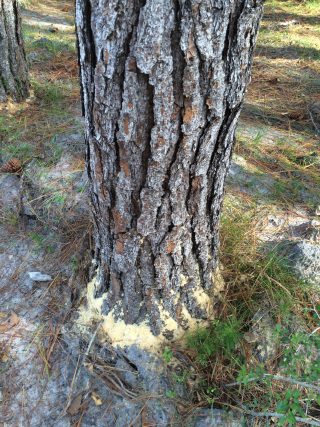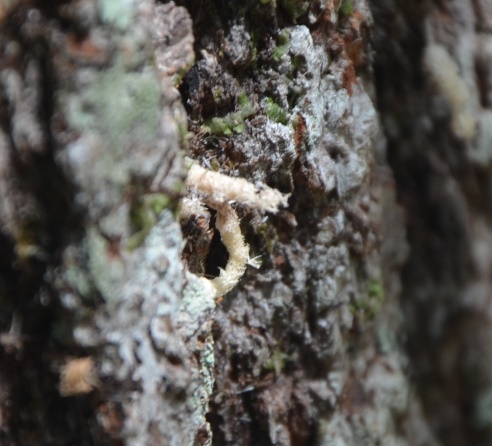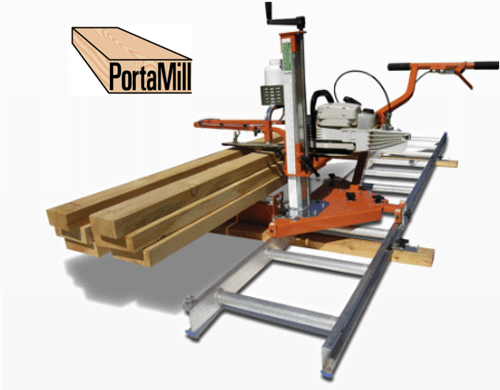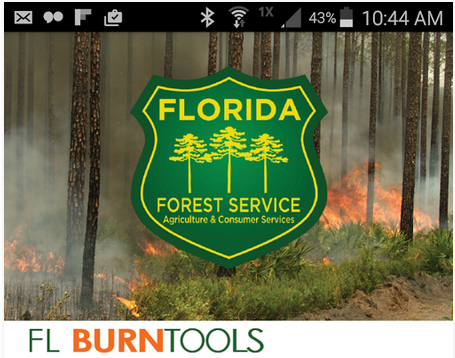
by Kalyn Waters | Feb 2, 2018
Arrowleaf Sida is commonly known as teaweed, ironweed, or southern sida. It is a spring emerging broadleaf commonly found in pastures, pinelands, hammocks, and disturbed areas. Arrowleaf Sida is a native plant found from South Carolina, throughout Florida, and as far...

by Ray Bodrey | Dec 1, 2017
Questions come into the Extension Office from time to time about why sawdust is accumulating around remaining trees on recently cleared or developed tracks of forested land. The sawdust is more than likely a sign that ambrosia beetles are on the offensive. The...

by Kalyn Waters | Sep 22, 2017
Cogongrass was accidentally introduced into Alabama in the 1900’s, but intentionally brought to Florida in the 1930’s as a potential forage and soil stabilizer. Currently it can be found in 73 countries and on every continent. Since being introduced...

by Les Harrison | Jul 14, 2017
Ambrosia beetles are known for attacking various woody plants, causing some limb and stem dieback and sometimes plant death. There are at least 30 species of ambrosia beetles in Florida, several of which are non-native. Typically ambrosia beetles have a symbiotic...

by Doug Mayo | Apr 21, 2017
This week’s feature video highlights a handy innovation for farmers and ranchers. A tool that allows you to uses your ladder and chainsaw as a portable sawmill. Norwood Sawmills makes the PortaMill that landowners can use to convert logs into valuable lumber...

by Doug Mayo | Mar 17, 2017
On February 20, 2017 Florida Commissioner of Agriculture Adam H. Putnam and the Florida Forest Service announced the release of “FLBurnTools,” a new mobile app to inform the public about drought, wildfire danger and wildfire activity. Prescribed burn practitioners can...







